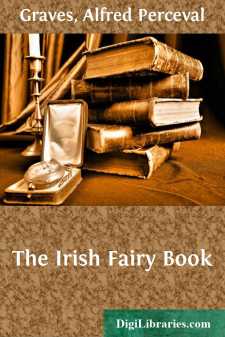Categories
- Antiques & Collectibles 13
- Architecture 36
- Art 48
- Bibles 22
- Biography & Autobiography 814
- Body, Mind & Spirit 145
- Business & Economics 28
- Children's Books 17
- Children's Fiction 14
- Computers 4
- Cooking 94
- Crafts & Hobbies 4
- Drama 346
- Education 53
- Family & Relationships 59
- Fiction 11833
- Foreign Language Study 3
- Games 19
- Gardening 17
- Health & Fitness 34
- History 1377
- House & Home 1
- Humor 147
- Juvenile Fiction 1873
- Juvenile Nonfiction 202
- Language Arts & Disciplines 88
- Law 16
- Literary Collections 686
- Literary Criticism 179
- Mathematics 13
- Medical 41
- Music 40
- Nature 179
- Non-Classifiable 1768
- Performing Arts 7
- Periodicals 1453
- Philosophy 66
- Photography 2
- Poetry 897
- Political Science 203
- Psychology 45
- Reference 154
- Religion 516
- Science 126
- Self-Help 85
- Social Science 82
- Sports & Recreation 34
- Study Aids 3
- Technology & Engineering 59
- Transportation 23
- Travel 463
- True Crime 29
Our website is made possible by displaying online advertisements to our visitors.
Please consider supporting us by disabling your ad blocker.
The Irish Fairy Book
Description:
Excerpt
Preface
Irish Fairy Lore has well been called by Mr. Alfred Nutt, one of the leading authorities on the subject, “As fair and bounteous a harvest of myth and romance as ever flourished among any race,” and Dr. Joyce, the well-known Irish scholar and historian, states: “that it is very probable that the belief in the existence of fairies came in with the earliest colonists that entered Ireland, and that this belief is recorded in the oldest of native Irish writings in a way that proves it to have been, at the time treated of, long established and universally received.”
Colgan himself supplies us with the name and derivation of the Irish word for fairy, Sidh (shee), still used throughout the country. “Fantastical spirits,” he writes, “are by the Irish called men of the Sidh, because they are seen, as it were, to come out of the beautiful hills to infest men, and hence the vulgar belief that they reside in certain subterranean habitations; and sometimes the hills themselves are called by the Irish Sidhe or Siodha.”
In Colgan’s time, then, the fairy superstition had passed from the upper classes, gradually disenthralled of it by the influence of Christianity to the common people, among whom it is still rife. But it is clear that in the time of St. Patrick a belief in a world of fairies existed even in the King’s household, for it is recorded that “when the two daughters of King Leary of Ireland, Ethnea the fair and Fedelma the ruddy, came early one morning to the well of Clebach to wash, they found there a synod of holy bishops with Patrick. And they knew not whence they came, or in what form, or from what people, or from what country; but they supposed them to be Duine Sidh, or gods of the earth, or a phantasm.”
As suggested, the belief of the Princesses obtains to this very day amongst the peasantry of remote districts in Ireland, who still maintain that the fairies inhabit the Sidhe, or hills, and record instances of relations and friends being transported into their underground palaces.
The truth is that the Gaelic peasant, Scotch and Irish, is a mystic, and believes not only in this world, and the world to come, but in that other world which is the world of Faery, and which exercises an extraordinary influence upon many actions of his life.
We see in the well-known dialogue between Oisin (Ossian) and St. Patrick, and in other early Irish writers, how potent an influence Druidism, with its powers of concealing and changing, of paralysing and cursing, had been held to be in the days when the Irish worshipped no hideous idols, but adored Beal and Dagdae, the Great or the Good God, and afterwards Aine, the Moon, Goddess of the Water and of Wisdom, and when their minor Deities were Mananan Mac Lir, the Irish Neptune, whose name is still to be found in the Isle of Man; Crom, who corresponded to Ceres; Iphinn, the benevolent, whose relations to the Irish Oirfidh resembled those of Apollo towards Orpheus. The ancient Irish owed allegiance also to the Elements, to the Wind, and to the Stars....



